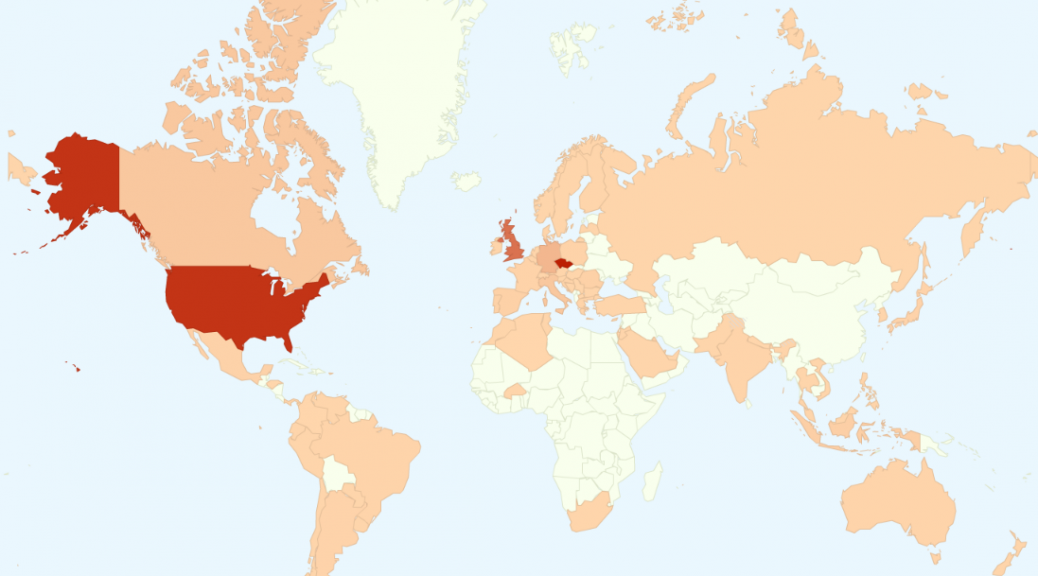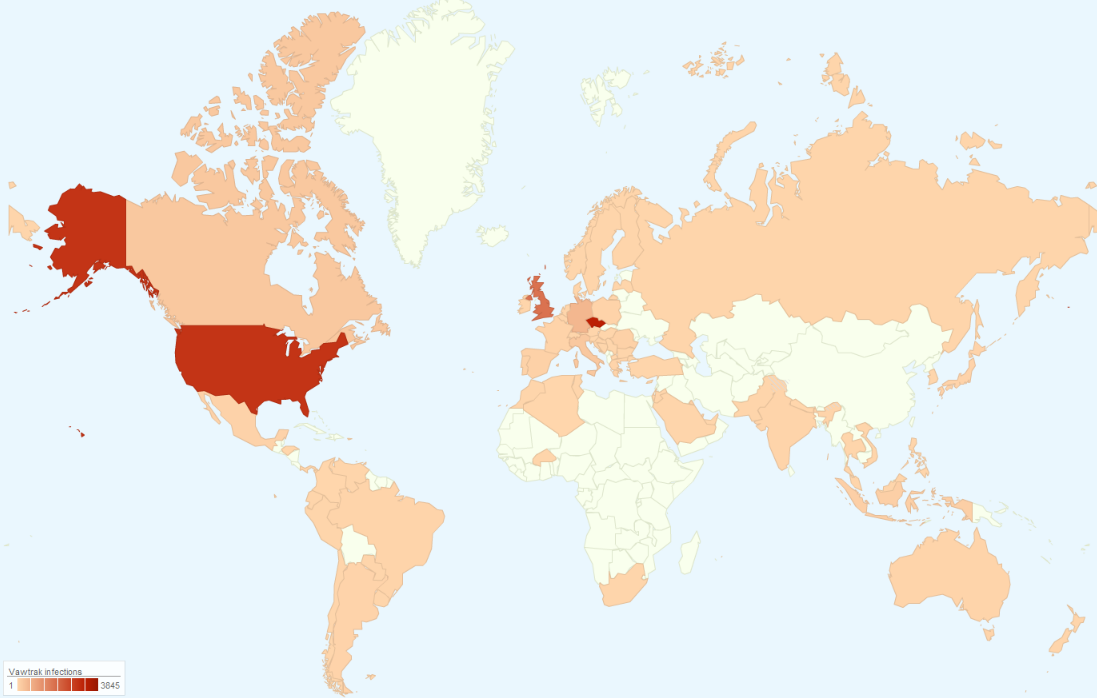The printer you have in your office may be less innocent than you thought. Some experts have already shown that they can even become a steganographic tool, the art, well-known in computer security, of hiding information from prying eyes.
A few years ago, the Electronic Frontier Foundation, an organization that defends civil liberties on the internet, reported that some laser printers included a code on the documents they printed that could be viewed with a certain light and a microscope. Manufacturers later had to admit that the US secret services had, apparently, reached an agreement with them so as to identify counterfeiters with that hidden code.
Researchers at the University of Utah have now shown that a conventional inkjet printer such as the one above your desktop can be used to print hidden images invisible to the human eye.
Messages hidden with silver and charcoal
Experts have used a silver and carbon ink to print an image formed by small rods of a millimeter in length and a few hundred microns in width. By varying the proportion of silver and coal, the conductivity of each bar also changes. The human eye is unable to perceive this modification. Using harmless terahertz radiation, which is located in the electromagnetic spectrum between infrared and microwave and is able to traverse opaque objects, the information encoded in the conductivity can be unveiled.
In a study published in the journal of the Optical Society (OSA), researchers demonstrated their new method by hiding QR codes in an image. At first glance, they looked just like an array of identical lines, but, thanks to terahertz radiation, the QR code was discovered. With this method, they have even camouflaged color QR codes.
“Our very easy-to-use method can print complex patterns of rods with varying conductivity,” explained Ajay Nahata, one of the authors of the study. “An added benefit to our technique is that it can be performed very inexpensively.”
Printers used for espionage?
Although they performed this test using relatively simple and small QR codes, they believe the technique could be used to conceal information in more detailed and complex images.
In World War I, the Germans used lemon juice in their letters as invisible ink to escape censorship. Now, the researchers at the University of Utah have shown that there are far more sophisticated ways of hiding information, and there is no need to dig too deep into your pockets to use it.
They also plan to develop inks that need to be heated or exposed to light at a given wavelength to uncover information. Will invisible inks for printers become a new way of hiding confidential information? We may never know.
The post How to Hide Information with Ordinary Office Printers appeared first on Panda Security Mediacenter.


